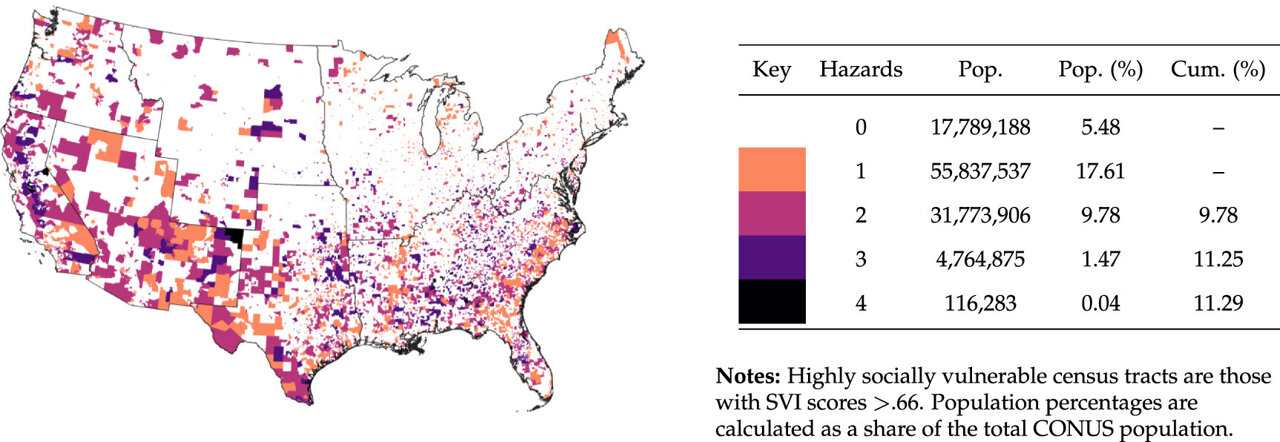Climate Crisis Hits Hardest: How Marginalized Communities Bear the Brunt of Environmental Threats

Environmental disasters strike with devastating force, tearing through communities and leaving behind a complex tapestry of human suffering. These catastrophic events do more than simply damage infrastructure—they unravel the delicate social and economic fabric of vulnerable populations, amplifying existing inequalities and challenging the resilience of those least equipped to recover.
When extreme weather events like massive flooding sweep across landscapes, they don't just destroy physical structures; they dismantle lives, dreams, and generations of community investment. The most marginalized populations bear the heaviest burden, facing disproportionate challenges in rebuilding their homes, livelihoods, and sense of security.
These environmental upheavals expose the stark disparities in climate change adaptation and community preparedness. Regions already struggling with economic instability, limited resources, and systemic inequities find themselves on the front lines of environmental transformation, fighting not just against natural forces, but against deeply entrenched social vulnerabilities.
The ripple effects of such disasters extend far beyond immediate destruction, creating long-term cycles of displacement, economic strain, and psychological trauma. Communities must not only rebuild physical infrastructure but also reconstruct the intricate social networks that sustain human connection and hope in the face of overwhelming challenges.
